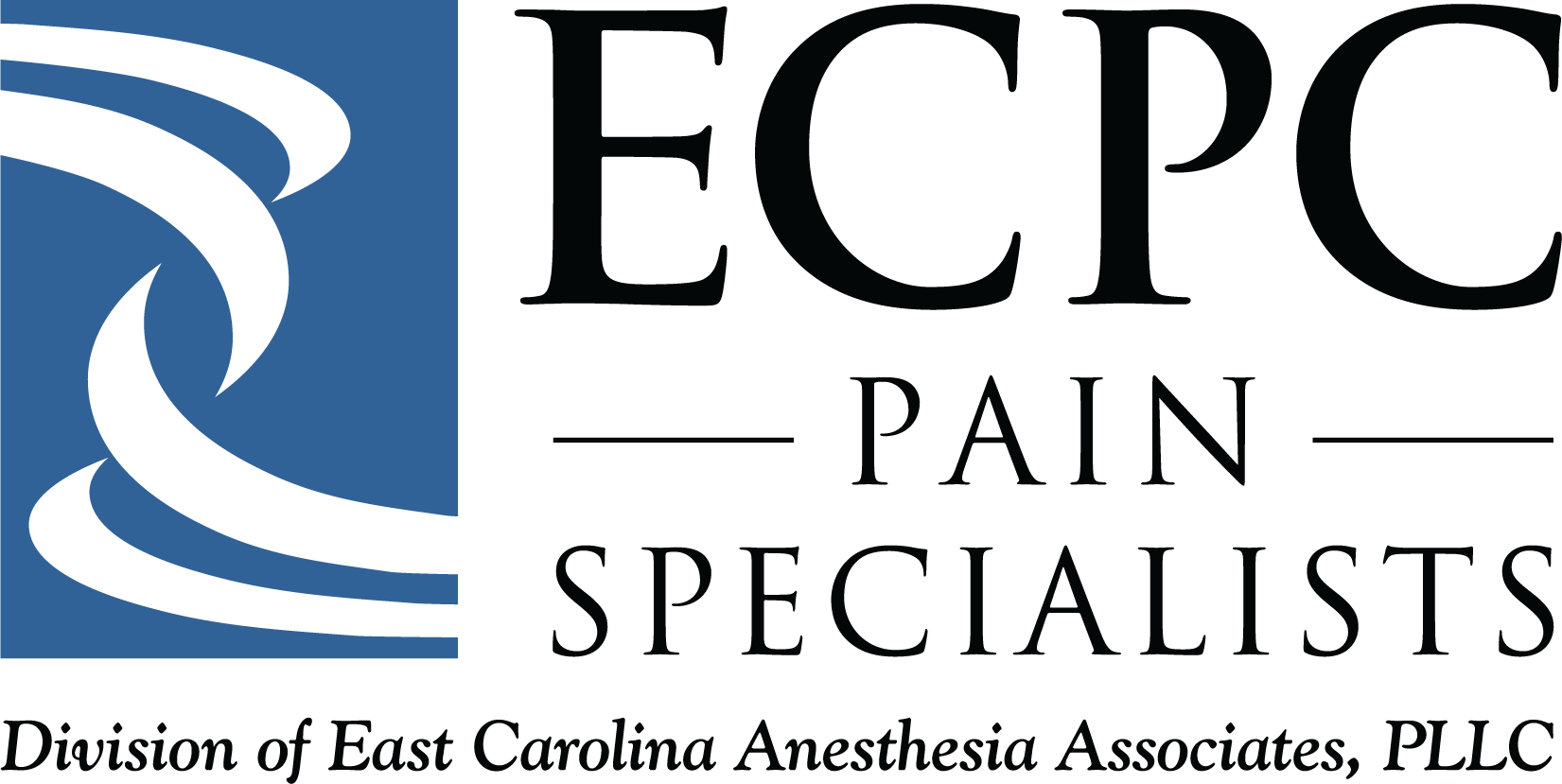
Other Injection Therapies
A celiac plexus block is an injection of local anesthetic in or around the celiac plexus. This injection is intended to treat severe abdominal pain, mostly caused by cancer.
Hypogastric plexus block is an injection of local anesthetic intended to reduce chronic pelvic and lower abdominal pain.
Stellate ganglion block is an injection of medications around a bundle of nerves tissue in the neck to help with pain in the arm or hand, shingles, and PTSD.
A lumbar sympathetic block injects medication around the Sympathetic Nerves which are located on either side of the spine to help with leg and foot pain.
Ganglion impar block is a local anesthetic injection in the sacrum intended to reduce chronic buttock pain.
A peripheral nerve block is done by injecting medications around nerves often by the use of ultrasound to improve pain in various places in the body.
Injection of local anesthetics and additives into the epidural or subarachnoid spaces for pain relief.
A trigger point injection is used for treating pains or “knots” in muscles that form when muscles don’t relax.
Local anesthetic injection that provides nerve or soft tissue pain relief.
Minimally Invasive Lumbar Decompression (MILD) treats Lumbar Spinal Stenosis caused by excess ligament tissue. It is a quick outpatient procedure, performed through a tiny incision. MILD requires no anesthesia or stitches and is a safe FDA-cleared procedure. MILD is for patients experiencing pain or numbness in their lower back, legs or buttocks when standing or walking.
The Sphenocath® procedure injects a small, soft catheter (specifically designed for insertion into a patient’s nose) using fluoroscopic guidance. Medication inside of the device is delivered to the mucus over the sphenopalatine ganglion, effectively administering a SPG block for migraine or headache pain.
The Genicular Nerve Block procedure is an injection of local anesthetic around the Genicular nerves. Genicular nerves are the sensory nerves that transmit pain signals from the knee to the brain. This procedure is very low risk because no other medicines are used.
During a Kyphoplasty, a small incision is made in the back using fluoroscopy, and then a tube is inserted and guided to the correct position to create a path into the fractured area of the involved vertebrae. The doctor inserts a balloon through the tube and into the vertebrae, carefully inflating it to elevate the fracture and return the broken bones to a normal position. This creates a cavity inside the vertebrae. Lastly, the doctor fills the cavity with a cement-like material called polymethyl methacrylate (PMMA), to stabilize the bone.
Pudendal Nerve Block is a minimally invasive procedure to treat pelvic pain performed under X-ray guidance with a small amount of medication. Patients can expect almost immediate relief of pain and discomfort in the pelvic area upon completion of the procedure.
BOTOX® is the only FDA approved preventive treatment that prevents chronic headaches and migraines before they begin. This treatment is a series of injections to muscles of the face, head, and neck.
BOTOX® injections to treat upper and lower limb spasticity have been FDA approved and clinically proven to reduce muscle stiffness by 6 separate clinical trials. BOTOX® is a prescription medicine that is injected into muscles to treat spasticity and relieve increased muscle stiffness and pain.
Occipital nerve blocks are performed to treat headaches, as well as pain in the neck and back of the head. During this procedure, an injection of anesthetic and pain-relieving medicine is inserted around specific nerves located in the back of the head, just above the neck.
Peripheral nerve stimulation uses an implanted device that delivers electricity to the nerves to stimulate and provide relief to chronic pain. The device’s batteries last several years and can be replaced. PNS can treat conditions including complex regional pain, diabetic peripheral neuropathy, back pain, neck pain, and more.


